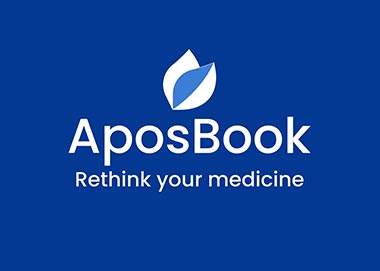How DASH Diet works for Cardiovascular Disease
The DASH diet works to treat atherosclerosis by reducing two major risk factors associated with it: 1- hypertension, and 2-high cholesterol and triglyceride levels.
1- High Blood Pressure
The DASH diet can reduce high blood pressure by:
A. Restricting salt intake:
Restricting salt intake can help treat and prevent hypertension and can decrease the risk of heart disease.
Salt is a major factor that can increase blood pressure. When additional salt is introduced into the body, it disrupts the normal balance of sodium and fluid. This causes the kidneys to keep extra fluid in the body to maintain it. The extra fluid that the body retains causes an increase in blood pressure.
The standard DASH diet limits salt intake to less than 2,300 mg per day. Meanwhile, the low sodium DASH diet is more restrictive and limits salt intake to less than 1,500 mg per day. In general, patients with severe hypertension should follow the low sodium DASH diet.
B. Consuming minerals that lower blood pressure:
The DASH diet promotes foods rich in minerals such as potassium, calcium, and magnesium, which can help reduce blood pressure in the following ways:
- Potassium:
The DASH diet provides the body with 4,700 mg of potassium per day.
Consuming potassium leads to sodium loss through urine. Therefore, the more potassium a person consumes, the less sodium the body retains, which decreases blood pressure.
Sources of potassium include fresh fruits and vegetables such as bananas, oranges, spinach, and broccoli.
- Magnesium:
The DASH diet provides the body with 30 mg of magnesium per day.
Magnesium is important because it helps the blood vessels relax. This allows blood to flow through them without exerting pressure on the vessel walls, which lowers blood pressure.
Sources of magnesium include whole grains and dark leafy vegetables such as spinach.
- Calcium:
The DASH diet provides the body with 1,250 mg of calcium per day.
Calcium is important because it regulates blood vessel contraction. It helps them relax or contract when needed, which lowers blood pressure.
Sources of calcium include dairy products and some green leafy vegetables.
Fibers:
The DASH diet provides 30 grams of fiber per day, which reduces blood pressure.
Sources of fiber include whole grains, legumes, fruits, and vegetables.
In the study, “Dietary fiber and blood pressure control,” researchers found that adding fiber to the diet can reduce blood pressure, especially in pre-hypertensive and hypertensive patients.
2- Cholesterol and triglycerides
The DASH diet limits the consumption of saturated fats, red meat, and sugar, which can contribute to elevated cholesterol levels. By doing so, it lowers cholesterol levels, preventing plaque buildup that can block the arteries.



















[0]